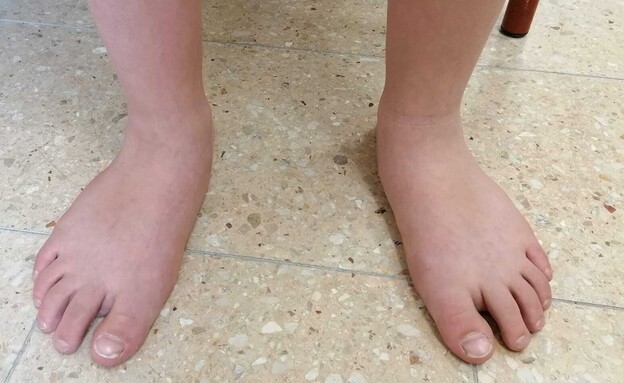
In the 1940s, diving was a popular pastime, but it came with its own set of challenges. Bulky suits and large helmets were necessary, and divers were constantly tethered to boats for air supply. This made it difficult to explore the depths of the ocean freely. Scientists were aware of decompression sickness, a condition that could be fatal in severe cases, caused by nitrogen bubbles forming in the blood when divers ascended too quickly from deep dives.
During World War II, a group of scientists conducted over 600 experiments on themselves to help divers and submariners. These experiments were led by John Burdon Sanderson Haldane, who had previously conducted an investigation into the sinking of the submarine Thetis in 1939, where 99 people died of unknown causes. This tragedy highlighted the inadequacies of breathing support equipment for underwater mobility.
Haldane’s experiments focused on the effects of different gases and pressure levels on the human body. Through their work, they discovered the dangers of excess CO2, oxygen toxicity, and nitrogen intoxication in high-pressure environments. They also worked to find the ideal mixture of oxygen and air for divers and submarine crews to breathe without side effects. These experiments led to the development of breathing support equipment used by the British Navy during World War II.
The dangerous experiments conducted by Haldane’s group not only aided in the D-Day campaign but also contributed to the scientific foundations of modern scuba diving. Their work paved the way for advances in underwater breathing technology that continue to save lives today. Despite
:quality(75)/cloudfront-us-east-1.images.arcpublishing.com/elcomercio/LUMN3YK6GVD5JP2RD56AAQJJ2Q.jpg)




